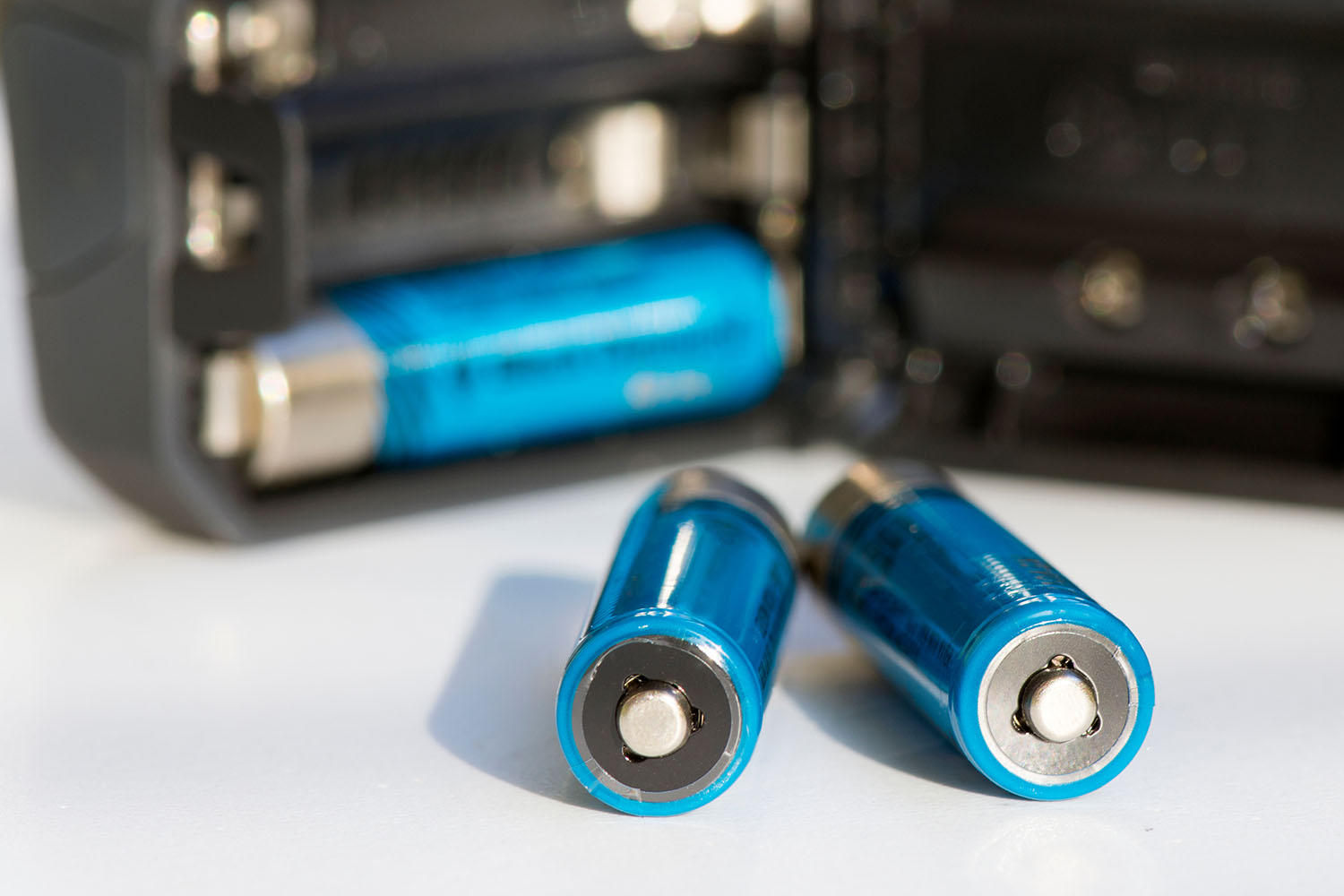

In the heart of your home lurks one of the most often overlooked culprits of environmental destruction — disposable batteries. From remote controls to smoke detectors, these seemingly innocuous little sources of power keep our lives running smoothly — and yet, can also have a substantial impact on our planet.
In this guide, we’ll delve into the composition and environmental repercussions of disposable batteries, shed light on the extensive array of battery-powered devices in our homes, and explore some alternative, more sustainable power supplies.
The unsung heroes of our everyday gadgets, disposable batteries feature a compact casing that’s home to a combination of chemicals. These undergo a chemical reaction when the battery completes a circuit (or is plugged into a device). This process generates electrical energy, which powers your device until the chemicals are depleted. Once the reactive components are used up, the battery is no longer functional and needs to be replaced.
Disposable batteries are an incredibly common household item, but what exactly are they made of, and why does it matter?
Most disposable batteries are either composed of alkaline or lithium and contain hazardous materials like cadmium, lead, and mercury. When we toss disposable batteries in the trash, they often end up in landfills where their toxic components can leach into the soil and contaminate groundwater reservoirs. Over time, this pollution can compound into even more detrimental ecosystem effects, harming local plants and animals and even eventually seeping into the food chain.
Additionally, manufacturing disposable batteries involves extracting and processing finite resources like zinc, manganese, and lithium. The depletion of these nonrenewable resources has been known to contribute to large-scale environmental degradation, deforestation, and habitat destruction, all of which accelerate the loss of global biodiversity.

Taking a stroll through your average home will identify myriad devices that rely on these small yet mighty sources of power. From your daily essentials to luxury goods, batteries power an extensive range of items, some of which might include:
Considering the sheer volume of devices dependent on batteries, it’s evident that our energy choices have far-reaching consequences. But don’t despair just yet over your reliance on disposable sources of power.
Enter the eco-friendly alternative — rechargeable batteries. Unlike their disposable counterparts, rechargeable batteries can be used multiple times, reducing the demand for raw materials and minimizing waste. Rechargeable batteries are capable of a reversible reaction, lengthening their longevity. When connected to a power source, the chemical reactions that occur during discharge are reversed, restoring the battery’s energy reservoir for another use.
Often available in nickel-metal hydride (NiMH) and lithium-ion (Li-ion) variations, rechargeable batteries offer a sustainable solution to power your devices without compromising performance. The production of rechargeable batteries also generally has a lower environmental impact when compared to disposables. With fewer resources required for manufacturing and a longer lifespan on average, they create less pollution and reduce resource depletion compared to traditional disposable batteries.
Although the initial cost of a rechargeable battery pack may be higher than disposables, the long-term savings are substantial. A single rechargeable battery can replace hundreds of disposables over its lifetime, making it a cost-effective choice for both your wallet and the environment. They also come in the same sizes as disposable batteries, and many chargers have slots for multiple sizes.
As we navigate the complexities of energy consumption and sustainable living, our choices regarding even the smallest of items, like batteries, can collectively make a significant impact on the environment. By understanding the environmental toll of disposable batteries and embracing the sustainable alternative of rechargeables, we can chart a course for a greener future from the comfort of our own homes.

Some unique ideas on how to make your kids’ living space energy efficient and green! Everything you need to know.

Early planning and sustainable practices can make your summer garden both bountiful and environmentally friendly, everything you need to know.

Host eco-friendly kid parties with sustainable decor, activities, and gifts. Celebrate joyfully while caring for our planet!